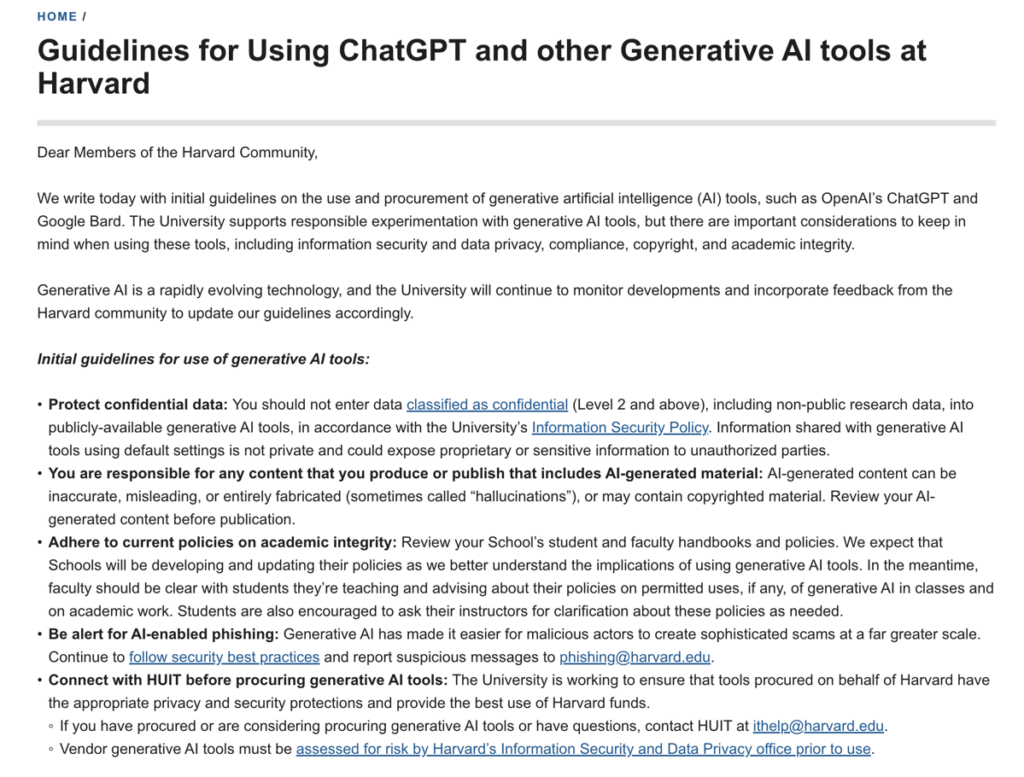If your work has been put through a similarity check and flagged for a high similarity score, the prospect of enquiry and the possible consequences can be incredibly nerve-wracking. The desperation to do away with the anxiety of this situation drives many academics to simply use plagiarism checker software along with AI paraphrasers to get rid of all signs of similarity. This band-aid approach is not recommended; it’s lazy, unethical, and betrays a poor understanding of good citation practice. On the other extreme, during a recent webinar, one author expressed concerns that using AI tools or plagiarism detectors even to self-check against accidental plagiarism taints the sanctity of original writing. At Paperpal, we believe that it is possible to strike a balance.
Table of Contents
Reasons for Accidental Plagiarism
In the academic community, new research is often built on previous studies; study hypotheses are usually derived from a comprehensive review of hundreds of articles for gaps in research. When reporting their findings in articles to be published in scholarly journals, long-held tradition and academic convention dictates that researchers validate their contributions in the context of these previous works. The use of common key phrases or ideas can increase the possibility of similarity checks flagging your manuscript for potential plagiarism. Students may also run into this situation with their essays if they have blindly incorporated AI-generated text and/or not followed citation practices correctly. This may be seen as cheating and plagiarism by most institutions, who now have strict guidelines on AI use.
Having spoken to hundreds of authors with English as a second language about their writing process, the Paperpal user research team noticed a common pattern. We found that authors who are not confident in their English skills tend to compile snippets from various sources and use it as a guideline to refine and build their own sentences and paragraphs. This raises the chances of a high similarity score when their work is run through plagiarism checkers. So if English is not your first language, and you follow this practice, you could be at a greater risk for accidental plagiarism. So how can you avoid plagiarism, we’ve put together a simple framework to get you started.
5-Point Framework for Responsible Writing
For discerning authors who aspire to be more mindful in their writing process with or without the assistance of AI writing and plagiarism detection tools, this article provides a handy framework for responsible writing, relevant to both students and researchers.
Start your assignments early
Don’t put off assignments until the very last minute. If you’re approaching a deadline in a few hours, chances are, you won’t have the time to do your research and record your sources. This may mean you rely a lot more on AI tools to generate content, which is a big no-no. It’s important to understand why AI generated- or -assisted text can certainly come up on plagiarism or similarity checkers.
Do: Start small, with little notes and ideas from your reading that can build towards an outline that you can flesh out in a dedicated writing session.
Don’t: Don’t rely entirely on AI to generate content, but definitely use it to brainstorm ideas, review your work, and help you bring out the best in your papers.
Meticulously Record All Sources
Find a good process to keep a record of every paper and source you look up, whether on MS Excel, a reference manager, or a notetaking system. Not only will this help you writer faster but it will make acknowledging sources in your reference section much easier and faster. Err on the side of generosity when citing other sources.
Do: Prepare a detailed record of all sources you look up in your research, including title, author, date of publication, and in case of online sources, the date accessed.
Don’t: Don’t blindly use AI tools to get citations suggestions. This can be potentially dangerous given that many tools using ChatGPT can hallucinate fake references.
Exercise Good Judgement When Using AI
Be sure to check your university or journal’s policies on the use of AI. If permitted, then don’t miss out on the opportunity to simplify your academic writing with Paperpal’s suite of features, which can correct language and grammar, help your paraphrase or trim text, provide a similarity check, and ensure submission readiness.
Do: Carefully review and refine all AI-assisted or generated text to ensure your ideas and meaning are preserved and no incorrect details have been added. Submitting AI-generated content as is, is considered akin to cheating and plagiarism.
Don’t: Don’t forget to disclose the use of AI tools as per your university or journal’s policies. If the website has no clear guidelines, get the information in writing.

Include a plagiarism checker in your writing toolkit
It’s important to recognize that you need a plagiarism check even if your writing is 100% original. Some similarity is not unusual in academic writing, considering research is built on previous work, but a similarity check may help you identify any citations you may have overlooked or revise any unintentionally similar phrasing.
Do: Review your journal or university’s policies on allowed similarity thresholds. Usually a similarity score of up 15% to 20% is considered acceptable, and up to 5% for a single source. Not every match indicates plagiarism.
Don’t: Don’t be fixated on hitting 0 similarity with paraphrasing, and most certainly do not use paraphrasers and plagiarism checkers to intentionally hide passing off others’ content as your own.
Don’t Try to Game the System
Academia has tons of tools available for you to use but take care to use them responsibly. Use AI to help enhance your work, not do it for you. Always use AI tools with strict human supervision and don’t try to game the system to get away with cheating and plagiarism.
Do: Approach AI tools as an able assistant but be sure to direct the entire writing process yourself.
Don’t: Don’t try to evade plagiarism detection. Turnitin will be able to detect any attempts to hide plagiarism by flagging hidden text and replacing characters with Greek letters, for example, done to throw off the algorithm.
To conclude, we hope the insights provided above prove valuable as you navigate the intricacies of plagiarism prevention and ethical academic writing. At Paperpal, we are passionate about fostering responsible writing practices and empowering authors with the tools they need to succeed. If you’re seeking precise, real-time AI academic writing support, look no further. Join us in our commitment to responsible writing and unlock your best, original work. Get started with Paperpal now!
Paperpal is a comprehensive AI writing toolkit that helps students and researchers achieve 2x the writing in half the time. It leverages 21+ years of STM experience and insights from millions of research articles to provide in-depth academic writing, language editing, and submission readiness support to help you write better, faster.
Get accurate academic translations, rewriting support, grammar checks, vocabulary suggestions, and generative AI assistance that delivers human precision at machine speed. Try for free or upgrade to Paperpal Prime starting at US$19 a month to access premium features, including consistency, plagiarism, and 30+ submission readiness checks to help you succeed. Experience the future of academic writing – Sign up to Paperpal and start writing for free!



